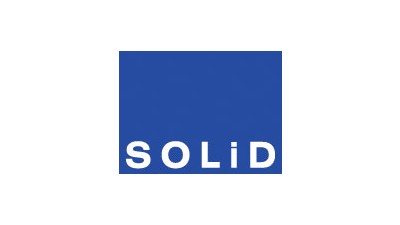Demand For Cellular Data Is Growing. Is America’s Infrastructure Ready?

Global mobile data traffic grew 63% in 2016, according to Cisco. From 2016 to 2021, North America and Western Europe will have the fastest increase in mobile devices and connections, with a respective 16% and 11% compound annual growth rate.
Mobile data consumption has also shifted geographically, with 80% of calls now originating indoors, Senza Fili Consulting reports. Cellular networks have had to keep pace with growth and shift their strategy.
In the U.S., the 294,000 high-range cellular towers — called macrocells — counted along rural highways and fields in 2012 are not sufficient to meet demand. Digital Bridge CEO Marc Ganzi, at a meeting of the Maryland-DC Wireless Association, predicted that network operators would need 4.3 million of these base stations by 2021.
Ganzi also predicts that 4G radio frequencies and above will replace current networks, while machine-to-machine communications, such as fitness trackers and smart cars, will put further strain on infrastructure.
“There will be a fight over what devices use these frequency bands,” Ganz said to the Maryland-DC Wireless Association. “We'll have wearables. We'll have smart cars, a large and growing segment of network use. And just think, in 2021, the predominance of use will be in 4.5G. So, in seven years, 4.5G use will be what 3G use was in 2011."
Cellular networks operate on a scalar system. After macrocells, microsites cover smaller, more densely populated urban areas within a 1.24-mile range. Picocells and femtocells cover 0.12 miles and 32 feet, respectively.

Carriers like Verizon Wireless plan to add 3,500 to 4,000 macrocells per year for the next five years, while AT&T intends to deploy 40,000 microcells, but better coverage will not come from macrocells alone. It will take a mix of different network infrastructure.
Picocells and femtocells are getting more attention as usage moves indoors. In-building connection can be disrupted by structural materials, building height and interference from others taking calls. Systems like wireless repeaters and distributed antenna systems, or DAS, help mitigate disruptions by bringing the power of a cell tower indoors.
Modern telecommunication also depends on the improvement of spectrum efficiency. Spectrum improvements are critical for transmitting sound, data and video to TVs or phones. T-Mobile has made progress toward developing better efficiency, spending $8B in a Federal Communications Commission auction this April for licenses in the 600 megahertz band, CNET reports.
The frequency is critical to improving indoor wireless connection.
Despite a push innovation, the U.S. lags behind countries like South Korea and Japan.
"In South Korea, carriers have already launched 4.5G, and they're trial-testing 5G,” Ganzi said. “So, the ecosystem hierarchy puts South Korea and Japan first. North America follows."
South Korean companies have since expanded into the growing North American telecom market. SOLiD, a Seoul-based leader in improving wireless infrastructure, acquired its U.S. partner, Reach Holdings, last January, as it moves to further strengthen America’s cellular network.
While progress is being made, indoor cellular connection remains a problem, and not just because of a lack of cell towers. Sometimes, it is the building itself that causes the dead zone.
In modern office buildings, where 24/7 global connectivity has become the standard, prospective tenants are on the line.
To learn more about this Bisnow content partner, click here.

